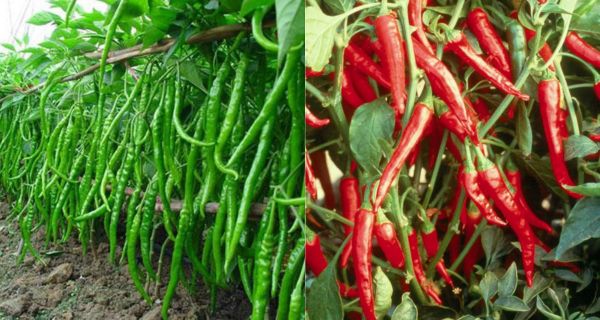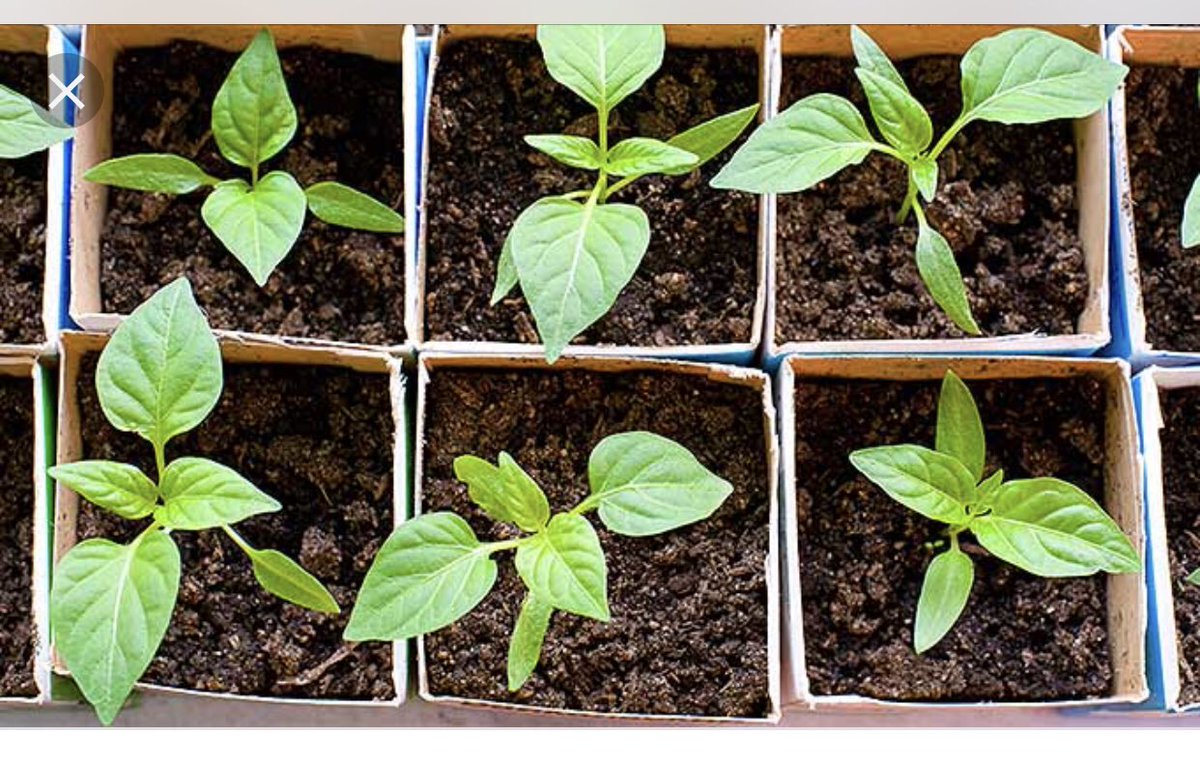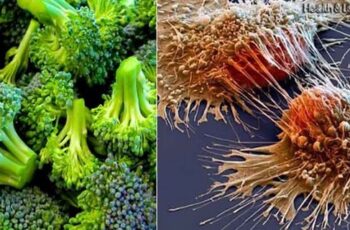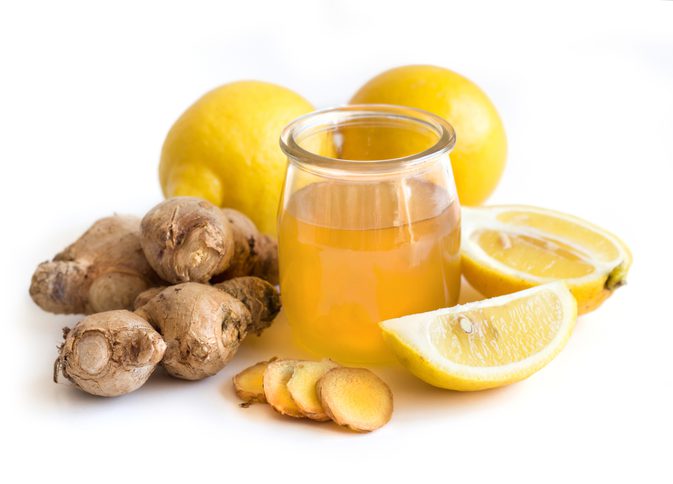Ad Blocker Detected
Our website is made possible by displaying online advertisements to our visitors. Please consider supporting us by disabling your ad blocker.
To achieve a bountiful crop of tasty peppers, it’s crucial to understand the proper fertilization techniques and timing for your pepper plants. Regardless of whether you prefer sweet, green, ornamental, or spicy varieties, providing your plants with the necessary nutrients is key to cultivating robust, productive plants.
Similar to tomato plants, pepper plants require significant amounts of nutrients from the soil to thrive. In order to establish resilient roots and lush foliage, they require a consistent supply of energy, particularly when it comes time to flower and bear fruit.

How To Fertilize Pepper Plants For A Big Harvest! The Simplest Secrets To Success
Despite growing in optimal soil conditions, pepper plants frequently deplete their nutrient supply. This is particularly true for those grown in traditional gardens, raised beds, and containers. When a pepper plant lacks the necessary nutrients, both the plant’s health and yield are compromised.
Thankfully, fertilization can provide a solution to this problem. To maximize your success in growing pepper plants, it’s important to understand the straightforward techniques for fertilizing them. Here is an overview of the key steps to follow for a thriving pepper crop this year!
How To Best Fertilize Pepper Plants
Providing your pepper plants with the right type and amount of fertilizer at the appropriate time is a crucial factor in achieving success. It’s essential to ensure that the energy supply is neither too excessive nor too inadequate. If too much energy is given too quickly, excessive foliage growth may occur.
When peppers receive an excess of nutrients, they allocate most of their energy towards growing larger, but this hinders the production of new blooms and fruit.
Conversely, inadequate energy supply results in weak plants that lack the necessary strength to produce flowers or mature fruit. Therefore, finding the right balance is crucial. The solution lies in providing your pepper plants with fertilizer at regular intervals but in smaller quantities. This can be accomplished effectively through a combination of liquid and dry granular fertilizers. Let’s take a closer look at what each fertilizer can achieve and how to use them to power up your pepper plants.
Granular vs. Liquid Fertilizers
When it comes to fertilizing pepper plants, both granular and liquid fertilizers have their unique roles to play. Although they both provide energy, they do so differently.
Dry, granular fertilizers are sprinkled on top of the soil, where they gradually dissolve and supply nutrients to the plant’s roots. This method of fertilization works at a slow and steady pace, feeding the plant over an extended period. On the other hand, liquid fertilizers are absorbed by the plant through its leaves, stems, and roots. This method works much faster and can deliver nutrients to the plant more quickly.
Using a combination of both granular and liquid fertilizers can greatly benefit pepper plants, leading to robust growth and heavy yields.
Fertilizing Young Pepper Plants
When transplanting pepper plants into an outdoor garden, it’s crucial to allow them time to adjust to their new environment before applying any fertilizer. This will help prevent undue stress on the plant during the acclimation process.
While the exact timing can depend on weather conditions, a general guideline is to wait seven to ten days before administering the first dose of fertilizer. This allows sufficient time for the plants to develop roots and acclimate to their new surroundings.
For young plants, an all-purpose liquid fertilizer can be highly effective in promoting strong initial growth without overwhelming the plant. Compost tea, worm-casting tea, or a diluted commercial liquid fertilizer are all viable options. When using a commercial liquid fertilizer, it’s recommended to mix it at half the recommended strength to avoid overfeeding the plant. Compost tea and worm-casting tea can be applied at full strength. For the first month, apply the fertilizer every ten days to establish robust early growth.
Early Summer Fertilizing

Once your pepper plants have been growing for a month, it’s an ideal time to fertilize them with a slow-release granular fertilizer.
By this point, your pepper plants will have established roots, grown substantially, and started producing blooms and early fruit. Therefore, they require a fertilizer that can support their bloom and fruit development. This is where understanding the three numbers on your fertilizer bag can make a significant difference.
Why N-P-K Is Important
The majority of fertilizer products have three crucial numbers on their label that indicate the N-P-K ratio of the fertilizer mix, representing the percentage of Nitrogen (N), Phosphorous (P), and Potassium (K) in the mix. Most all-purpose fertilizers have an equal amount of each nutrient. The most popular percentages for vegetable and flower fertilizers are 5-5-5 and 10-10-10.
Although these ratios can be used for pepper plants, it’s recommended to search for a fertilizer with a 5-10-10 ratio. This will provide a higher percentage of phosphorous and potassium, and only half as much nitrogen. This is important because phosphorous and potassium play a crucial role in bloom development, while nitrogen primarily promotes foliage growth.
While nitrogen is still crucial for pepper plants, too much of it can lead to excessive foliage growth and reduced bloom formation. Therefore, a 5-10-10 fertilizer mix is ideal for pepper plants when they reach the fruit development stage. Here’s a product link to a 5-10-10 Vegetable Fertilizer for reference.

